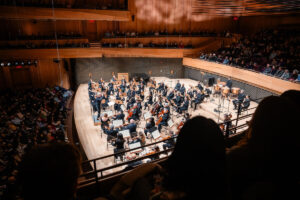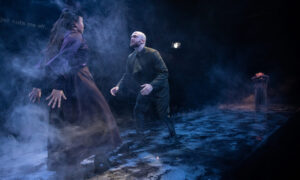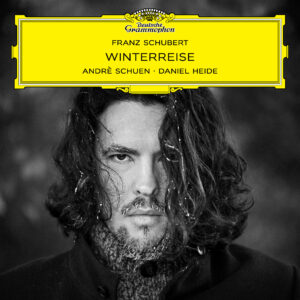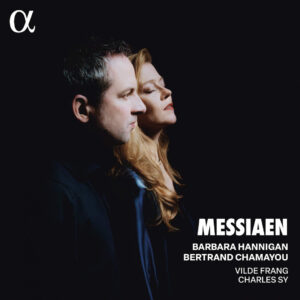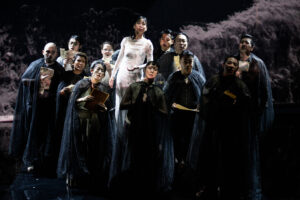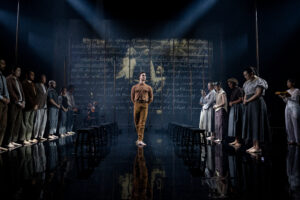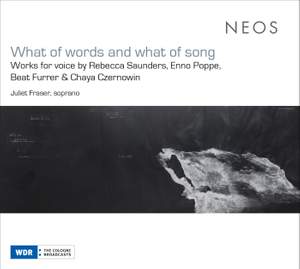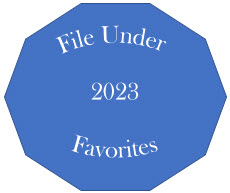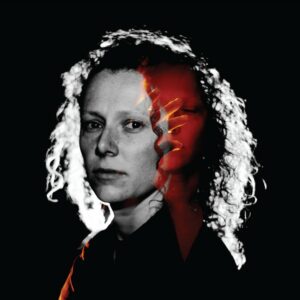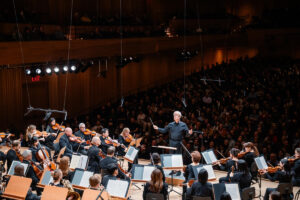
Photo: Brandon Patoc
Sound On: A Tribute to Boulez
The New York Philharmonic, Conducted by David Robertson
Jane McIntyre, Soprano
David Geffen Hall, January 25, 2025
By Christian Carey – Sequenza 21
NEW YORK – If you think that audience development is a relatively new practice, then you may not have heard of Rug Concerts. In the 1970s, during Pierre Boulez’s tenure as Music Director of the New York Philharmonic, these were an experiment to attempt to attract young people and downtown artsy types to try a concert at Avery Fisher Hall. Instead of rows of seating, rugs were strewn about the hall, inviting audience members to lounge in informal fashion while hearing a concert. Revisiting the first of these concerts, its program was presented in its entirety, albeit to audience members in the conventional seating setup of David Geffen Hall: no rugs rolled out.
The first half of the concert featured repertory works. J.S. Bach’s Brandenburg Concerto No. 3 in G major was given a period-informed performance by a small ensemble. Sheryl Staples, the concertmaster for the evening, providing the aphoristic solo part with suave elegance, and bassist Timothy Cobb and harpsichordist Paolo Bordignon were an incisive continuo pairing.
Franz Schubert’s Symphony No. 2 in B-flat is an impressively beautiful piece, especially considering that it was completed when the composer was just eighteen. I have heard three different conductors lead this symphony with the NY Phil, a proto-romantic and broadly lyrical rendition from Kurt Masur, a breakneck-pace version informed by early music practice given by Alan Gilbert, and Robertson’s, which deployed a chamber-sized orchestra and emphasized the classical elements in Schubert’s early instrumental music. One hesitates to make a Goldilocks comparison, but Robertson’s interpretation felt just right.
The second half of the program consisted of music from the twentieth century. Anton Webern’s Symphony, completed in 1928, was a totemic work for the postwar avant-garde, notably Boulez. It is a set of variations that uses the 12-tone method in a way that points toward the systematic organization of serialism, and is also filled with canons, reflective of Webern’s dissertation on the Renaissance composer Heinrich Isaac. The piece is aphoristic with a thin texture, but deceptively challenging to perform, to connect the web of its lines in convincing fashion. The NY Phil navigated these demands under Robertson’s detailed direction with an ease of delivery that one seldom hears in the performance of Webern. Principal clarinetist Anthony McGill, who was given particularly disjunct lines to play, demonstrated a keen awareness of the importance of legato in the piece, even when leaping through dissonances.
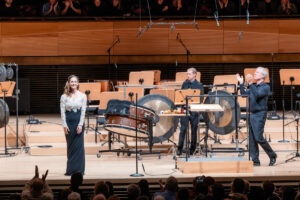
Boulez’s Pli selon pli: Portrait de Mallarmé, composed in 1957, was one of the pieces that put him on the map as an important creator. Its vocalist is tasked with significant interpretative challenges and a detailed and rangy score. Jana McIntyre performed commandingly, rendering the surrealist poetry with a wondrous exuberance for its strangeness, singing clarion top notes and plummy ones below the staff. A singer to watch for. The percussion section, which channels more than a bit of gamelan influence, played superlatively. Robertson was a close colleague of Boulez, and is a former director of Ensemble Intercontemporain. His conducting of Pli selon pli is the most authoritative that we have left since the composer’s passing.
The concert concluded with Igor Stravinsky’s concert suite version of L’Histoire du Soldat. Composed in 1918, it is for a septet of musicians and includes eight sections from the larger piece. One of the last pieces in Stravinsky’s Russian period of composition, it mixes folk tunes with prescient shadings of the neoclassicism that was to follow in his music. Three dances, a tango, waltz, and ragtime, were particularly well-played, with Staples animating the characteristic rhythms of each. Trumpeter Christopher Martin and trombonist Colin Williams played with crackling energy, McGill and bassoonist Judith LeClair navigated dissonant intervals with laser beam tuning, and Cobb and percussionist Chris Lamb imbued the march movements with propulsive kineticism.
It is fortunate for the New York Phil that Robertson works in the neighborhood, just across the street as Director of Orchestral Studies at the Juilliard School. One hopes that they continue to avail themselves of his considerable talent and warm presence on the podium.
